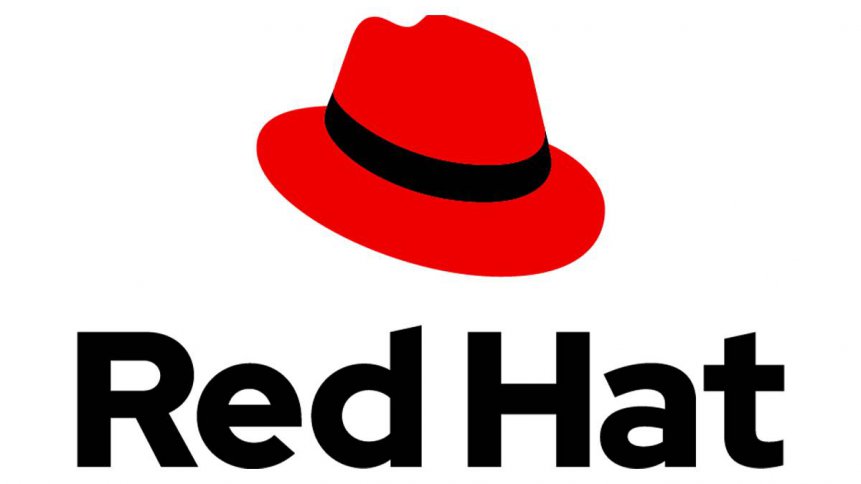RHEL 9’s Release Indicates a Turning Point for Red Hat

The latest release of Red Hat Enterprise Linux version 9 into production marks a significant point in the company’s history. It’s the first version preceded in developmental terms by CentOS Stream, an OS that’s production-ready yet is something of a late-stage testing ground for new-ish features (trialed initially in Fedora) that will eventually percolate to grown-up Red Hat Enterprise Linux.
The biggest changes in RHEL 9 are in security and compliance, the latter in particular for so long the ugly step-sister of enterprise Linux, yet increasingly becoming a core pillar on which businesses can operate legally and more securely.
To help companies do more than engage in box-ticking exercises for governance like PCI-DSS compliance, security options now include smartcard authentication, more detailed SSSD logging, use of OpenSSL3 by default, and removal of root access to a RHEL box via SSH. Kernel patches on servers are also possible now without rebooting from a sys admin’s web console, and there are built-in checks against hardware layer vulnerabilities like Meltdown and Spectre.
There are improvements for Red Hat-flavored containers in Podman, and UBI images have been updated in their standard, micro, mini, and init forms. Container validation is improved, so there’s less danger of time-poor developers pulling rogue containers from spoofed domains.
Red Hat’s official press releases of RHEL version 9 stress the edge capabilities of the OS under the hood, making it easier for organizations to create canonical images that can be rolled out quickly at scale. There’s also a Podman roll-back capability that detects if new containers won’t start and will quietly replace the new with the (working) old.
To developers, of interest are newer versions of Python (3.9) and GCC (11) by default, plus there are the latest versions of Rust and Go. Applications in Flatpaks are fully welcomed (the current vogue for immutable Linux distributions takes another step towards mainstream), but RPMs are clearly not going anywhere just yet.
Red Hat’s other significant turning point is that RHEL 9 might just draw to a close the absolute class-A public relations SNAFU the company presided over when CentOS was discontinued. Or, to be more particular, when it was transitioned from an OS running in parallel with RHEL to a leading-edge, semi-rolling version of the more stable, licensed, production-ready RHEL OS.
The phrase “mis-communication” tends to cover up any number of mistakes in business environments, ranging from a misdirected email, to, in Red Hat’s case, a full-on mishandling of product announcements that had incendiary effects in the business technology community.
But “mis-communications” aside, the Red Hat stable’s lineup appears to be more settled and accepted than a year ago. Registered users can run RHEL on a dozen or so instances without forking out for license fees, and Stream 8 is gradually finding itself in production too. The company’s Matthew Hicks (executive VP for products and technologies) said, “[…] Red Hat Enterprise Linux 9 extends wherever needed […], pairing the trusted backbone of enterprise Linux with the innovative catalysts of open source communities.” The community’s “innovative catalysts” are only just finished licking their wounds inflicted by a Red Hat marketing division that many would expect to have experienced a few personnel changes of late.










